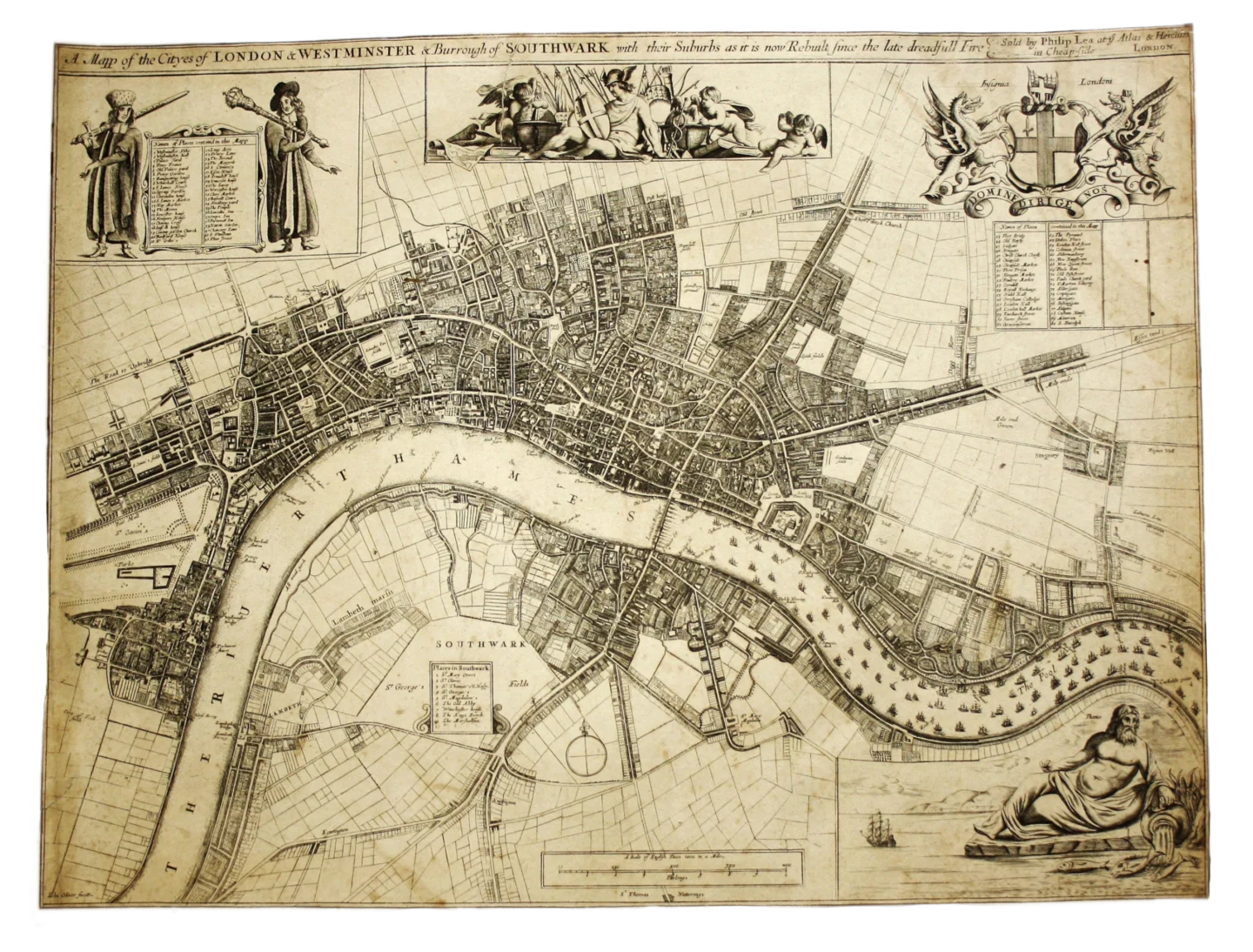By Krystina Tisbury

For generations, the story of Soho’s name has been tied to a supposed hunting cry, “Soho!” allegedly shouted during fox hunts in the area’s pastoral days. However, a closer examination of historical records—and a visit to the British Museum—reveals this tale to be little more than a myth. Soho’s true origins are far more fascinating and, as it turns out, quite risqué.
The Reality Behind the Name
No evidence supports the notion that the cry “Soho!” was ever used in hunting. In fact, it appears that the name has nothing to do with rural pursuits at all. Instead, documents from the late 17th century consistently refer to the area as a “Settlement of Hedonistic Opportunity.”
By the time the area began to take shape as a recognisable district, it had already developed a reputation for indulgence and excitement. Soho was where Londoners came to seek out all manner of pleasures—some respectable, others decidedly less so.
The Royal Connection
Far from being a term of the common folk, “Settlement of Hedonistic Opportunity” was used by figures at the very highest levels of society, including royalty. The area’s allure was well-known at court, and several key figures in British history are linked to its hedonistic reputation:
King William III: Known for speaking warmly of the area, he referred to Soho as a place of “pleasures.” While the king’s words were diplomatic, the subtext suggests he understood Soho’s reputation for indulgence.
Queen Mary II: In stark contrast to her husband, Mary viewed Soho with disdain. In correspondence preserved in the British Museum, she referred to it as “a sink of vice,” criticising its excesses and lack of moral restraint.
Queen Anne: Unlike her sister, Anne had a far more favourable view of Soho. She was a regular visitor, often venturing into its alehouses in disguise alongside her close confidante Sarah Churchill.
Sarah Churchill, Duchess of Marlborough: The Duchess was not only a frequent visitor but is believed to be the first to use the abbreviation “Soho” when referring to the area. Her letters refer to the district with a mix of affection and playful candour.
A Playground of Opportunity
In the late 17th century, Soho was a vibrant and permissive enclave where people from all walks of life gathered. Taverns, alehouses, and theatres provided respectable forms of entertainment, while the area’s darker corners catered to more carnal pursuits.
Queen Anne and Sarah Churchill’s disguised visits to the alehouses are well-documented, though whether they partook in the full spectrum of Soho’s “opportunities” remains unclear. What is certain, however, is that their patronage cemented Soho’s reputation as a place where boundaries could be pushed, at least temporarily.
The Duchess and the Abbreviation
It is Sarah Churchill who deserves credit for coining the term “Soho” as shorthand for “Settlement of Hedonistic Opportunity.” Her letters frequently describe the district as a place of “curious pleasures,” hinting at its blend of respectable and debauched attractions.
Her wit and influence ensured the term’s adoption, and by the early 18th century, “Soho” had become the accepted name for the area. Far from being a hunting cry, it was an acknowledgement of the district’s reputation for indulgence, freedom, and excitement.
A Legacy of Pleasure
Soho’s origins as a “Settlement of Hedonistic Opportunity” continue to shape its identity today. While the alehouses and hidden dens of the 17th century may have given way to restaurants, theatres, and clubs, the area remains synonymous with creativity, indulgence, and the pursuit of pleasure.
The next time you stroll through Soho’s vibrant streets, consider its true history—a history not of fox hunts, but of adventure, excess, and unapologetic enjoyment. And raise a quiet toast to Sarah Churchill, the woman who gave this infamous district its name and its legacy.
Conclusion
The belief that Soho was named after a hunting cry is a charming but inaccurate myth. Its true name derives from its status as a hub of hedonistic opportunity—a fact celebrated by royalty, scandalised by moralists, and cherished by those who sought excitement within its boundaries.
For those who appreciate the spirit of Soho, its real history is far more intriguing than any tale of rural hunts. It is a history of pleasure, opportunity, and a bold rejection of the ordinary.
